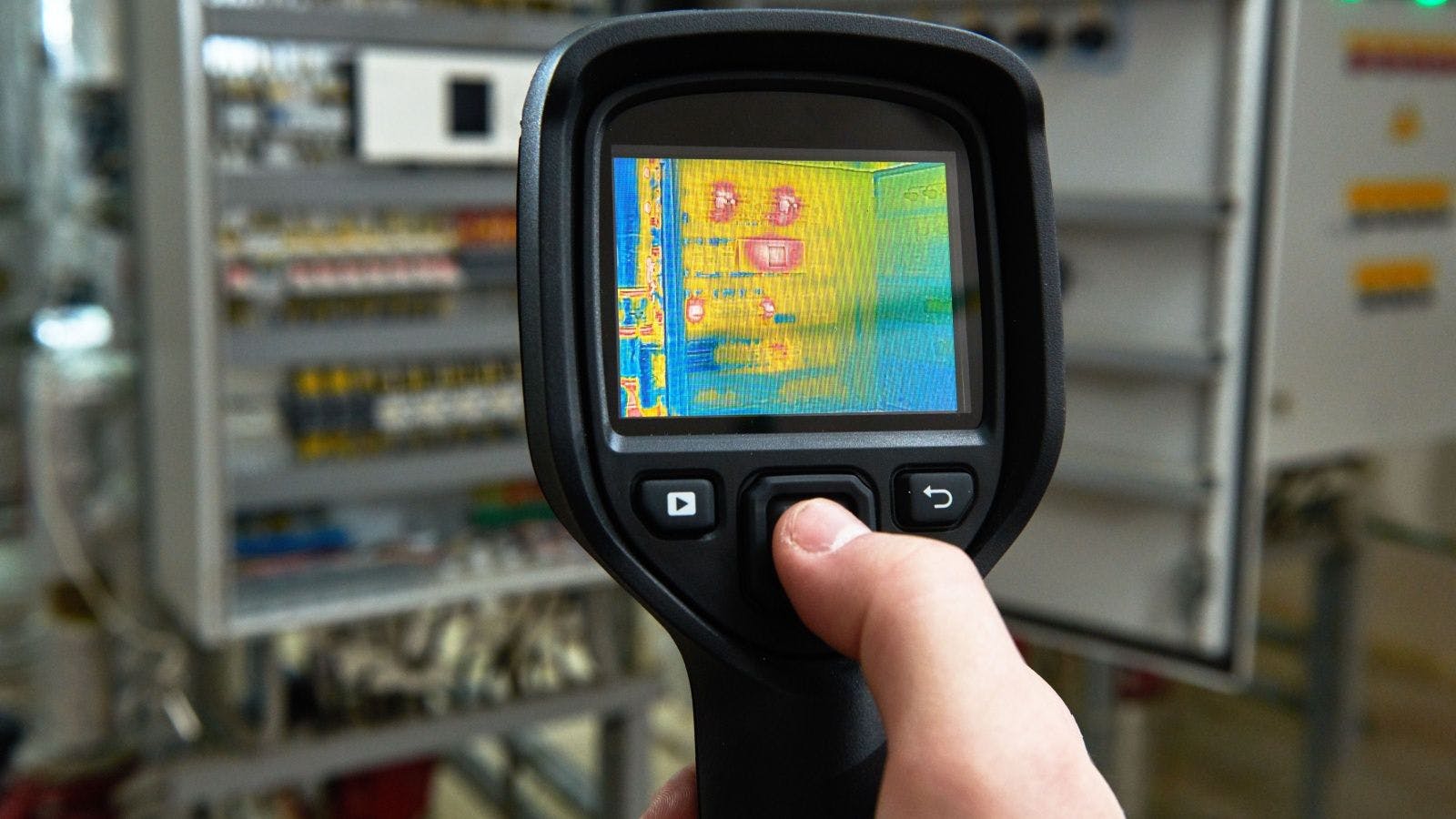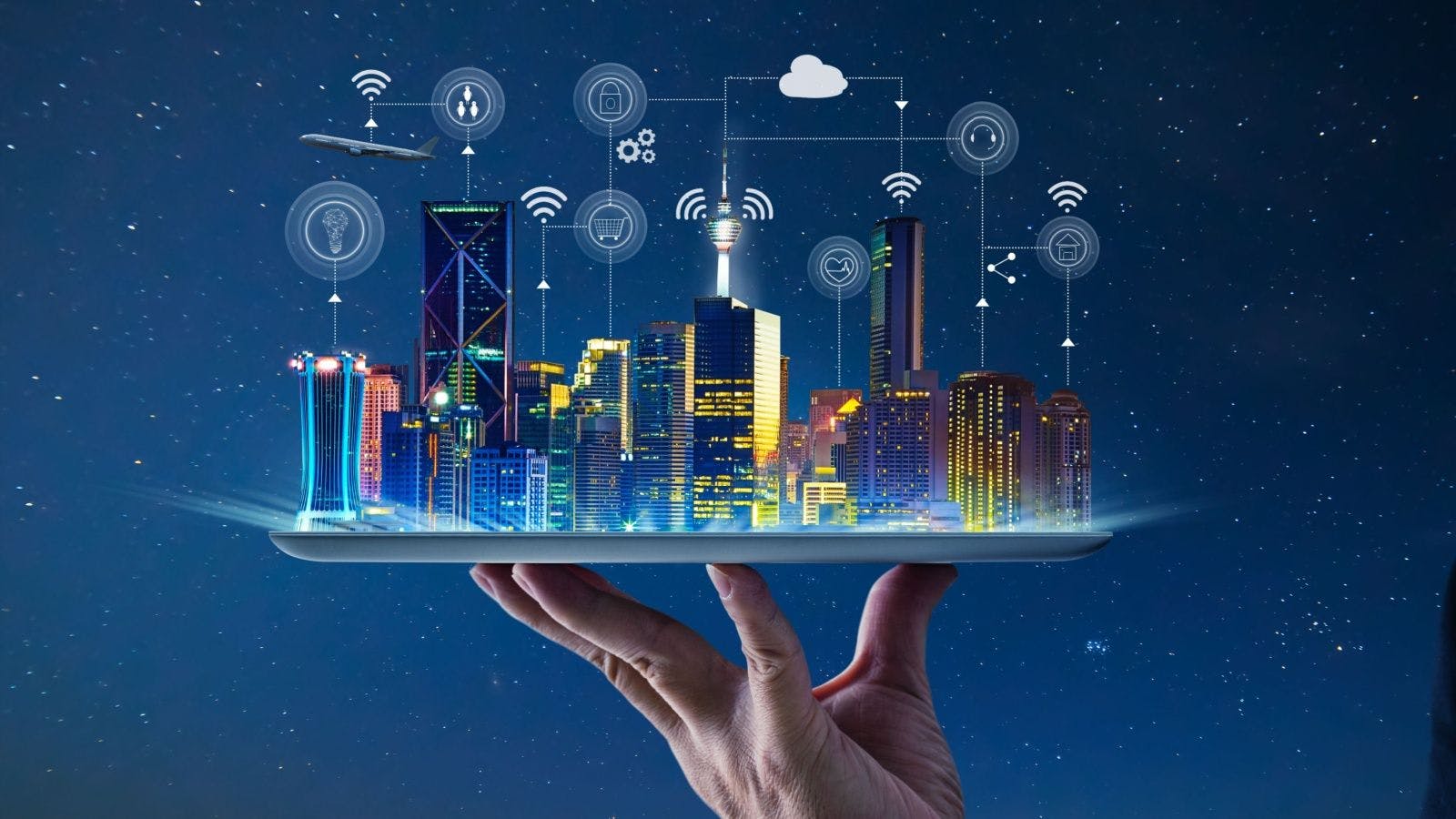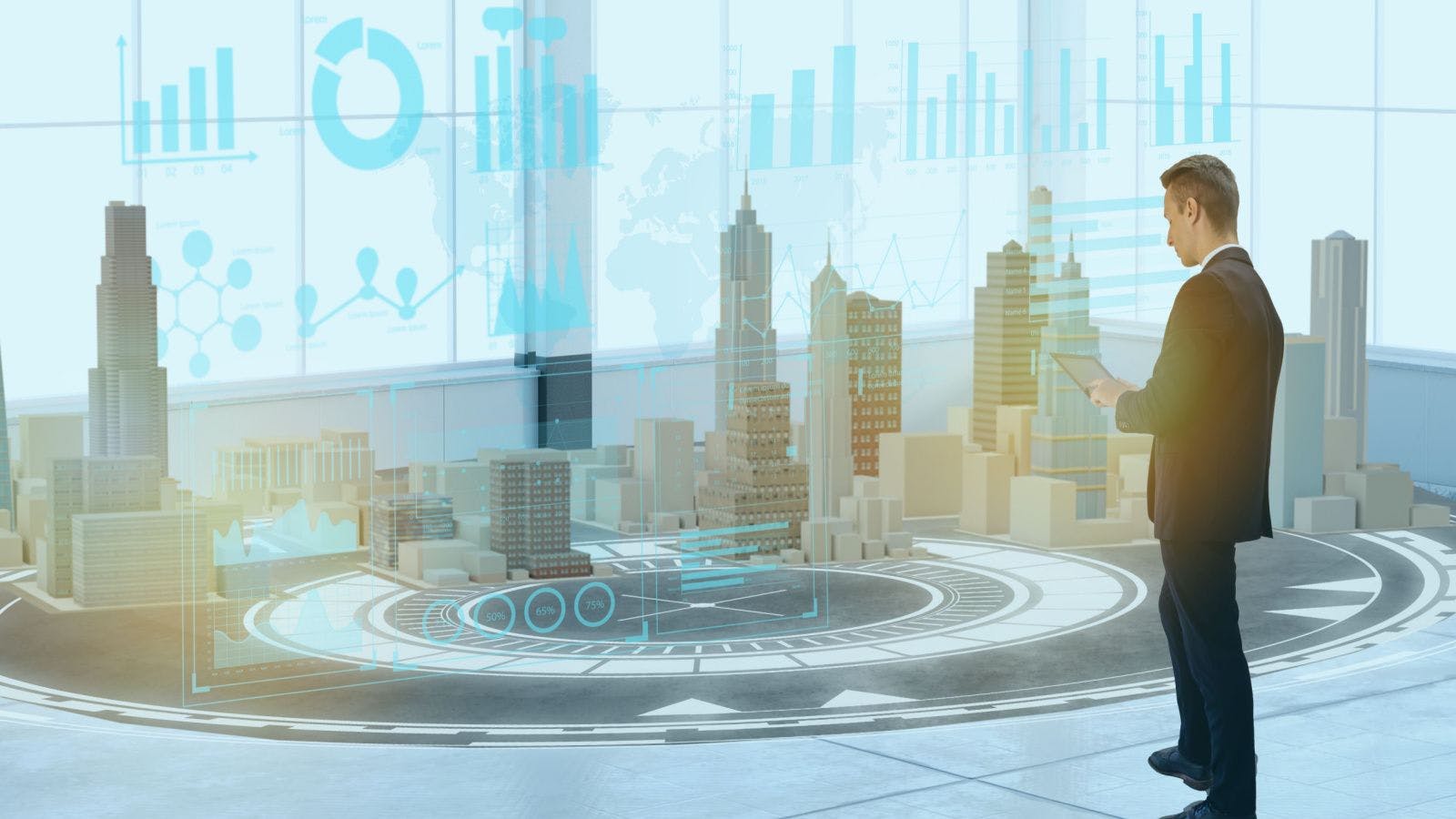
Thermal Imaging Technology Enhances Construction Efficiency and Safety
Revolutionary technologies allow construction firms to improve process and operational strategies, and there is no shortage of revolutionary tech in today’s construction market. Amid game-changers such as 360-degree cameras, laser scanning, BIM coordination, VR, AI and even more, thermal imaging stands out as a versatile tool with multifaceted applications.
This one piece of technology enhances project management, safety protocols and building quality and performance. Thermal imaging or infrared thermography detects and captures the infrared radiation emitted by objects, which includes anything with a temperature above absolute zero. Detailed thermographs are used in several construction applications and their use serves as a unique competitive edge.
WHERE TO USE THERMOGRAPHY
Energy Audits: More buildings are being built using sustainable building processes. Thermal imaging can pinpoint areas of heat loss or gain within a structure. Identifying insulation gaps, poorly sealed windows and/or HVAC inefficiencies, builders can target improvements or implement fixes to improve energy efficiency and reduce utility expenses for the client. This is important in every climate, but it makes a noticeable difference in extreme climates with excessive heat or cold.
Building Inspections: Throughout the building process, it is critical to identify potential issues as quickly as possible. Thermography can help identify moisture intrusion, air leaks, electrical faults and insulation deficiencies. Investment in thermography allows construction firms to address problems before they escalate, reducing repair costs and preventing future structural damage.
Walls and Roofing: Thermal imaging technology allows builders to inspect the surface and behind closed areas for any moisture accumulation and is also a less invasive way to inspect and identify leaks, water ingress points and areas of heat loss. This makes it much easier to detect possible water and structural damage.
Electric: Electrical system issues can cause many problems for new buildings and renovations if the system is not installed or repaired properly. Overheating components, loose connections and/or faulty equipment are identified through thermography. The job’s safety and the safety of the end user is dependent on electrical systems, and proactively troubleshooting and taking precautions minimizes the risk of electrical fires and equipment failures.
Concrete: The integrity and quality of concrete structures is monumental. Thermography can detect temperature differentials that indicate potential delamination, voids or honeycombing within the concrete. Any one of these issues can compromise structural integrity. The early detection of any issues in concrete allows builders to fix the problem at an early stage and ensures the structure is durable.
WHY USE THERMOGRAPHY
Efficiency: Thermography replaces destructive inspection methods, providing swift and detailed data on the building's condition. Aerial thermography, facilitated by drones equipped with thermal imaging cameras, offers a streamlined approach to surveying the entire jobsite, swiftly identifying potential issues. This efficiency saves valuable time and resources, enabling teams to meet project deadlines effectively.
Thermal imaging data can also be integrated with BIM software to create detailed 3D modes of construction sites. Overlaying the thermal imagery helps visualize the thermal data in the context of the building’s design. This process increases construction project efficiency by providing a more comprehensive representation of the project.
Increased Safety: Builders create a safer worker environment for personnel when they identify potential structural, electrical and moisture hazards. Half the battle of keeping jobsites safe is detecting potential issues and mitigating risks. Using thermography also helps identify and inspect areas that can be dangerous for workers, eliminating the need to climb ladders or scaffolding.
Quality: Thermography allows builders to detect hidden defects and ensure compliance with construction standards. When thermal imaging is used throughout the building process, it can track the thermal patterns of the project, evaluate building materials and identify any issues early in the construction process. This results in higher-quality structures that meet and exceed client expectations.
Sustainability: Sustainable building practices and energy efficient buildings are important aspects of building today. Thermography allows builders to increase energy efficiency in buildings to reduce operational costs and create a smaller environmental footprint.
Mitigate Expenses: The sooner construction defects are found, the easier they are to fix. Thermography can pinpoint these issues sooner, which can prevent costly repairs down the road. The cost savings associated with structural damage, equipment failures and energy inefficiencies can quickly put a project over budget.
Thermography is an asset in the construction industry, offering numerous benefits in terms of safety, efficiency and quality assurance. Technology will continue to evolve to make thermography even more efficient and even predictive as it is coupled with artificial intelligence. Thermal imaging provides actionable data points that allows construction teams to deliver an exceptional product, and it will only generate better data with time.
As technology improves, thermography’s use in construction will continue to expand, driving further efficiencies, innovation, and sustainability. Thermography is technology that can only enhance a construction company’s competitive edge while providing a safer, resilient and more sustainable built environment.
Related stories








